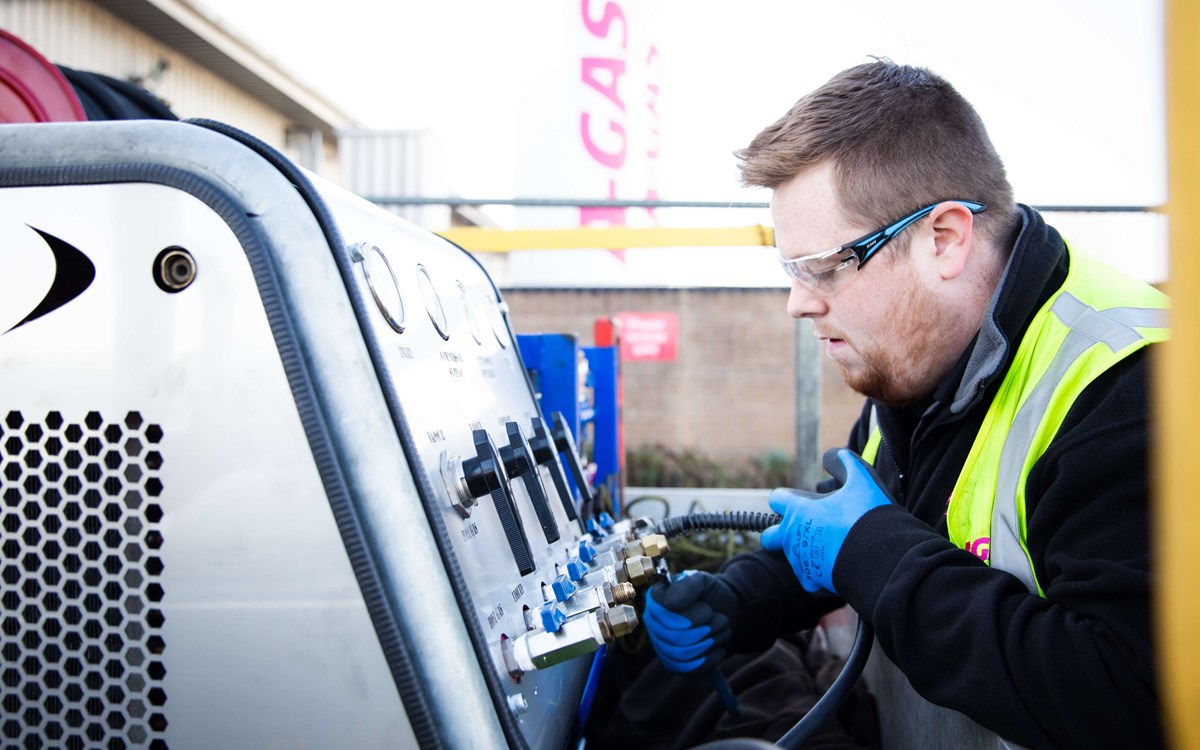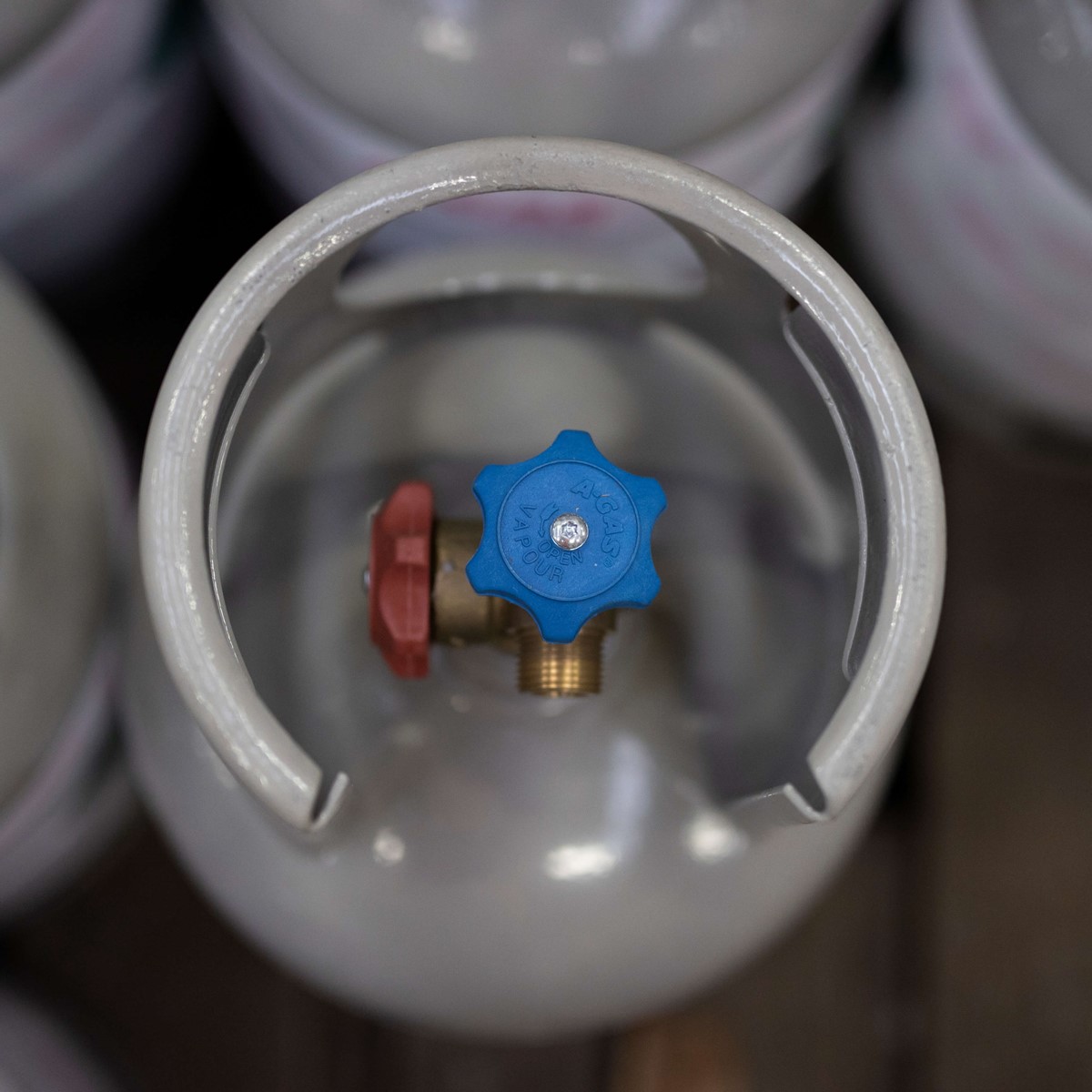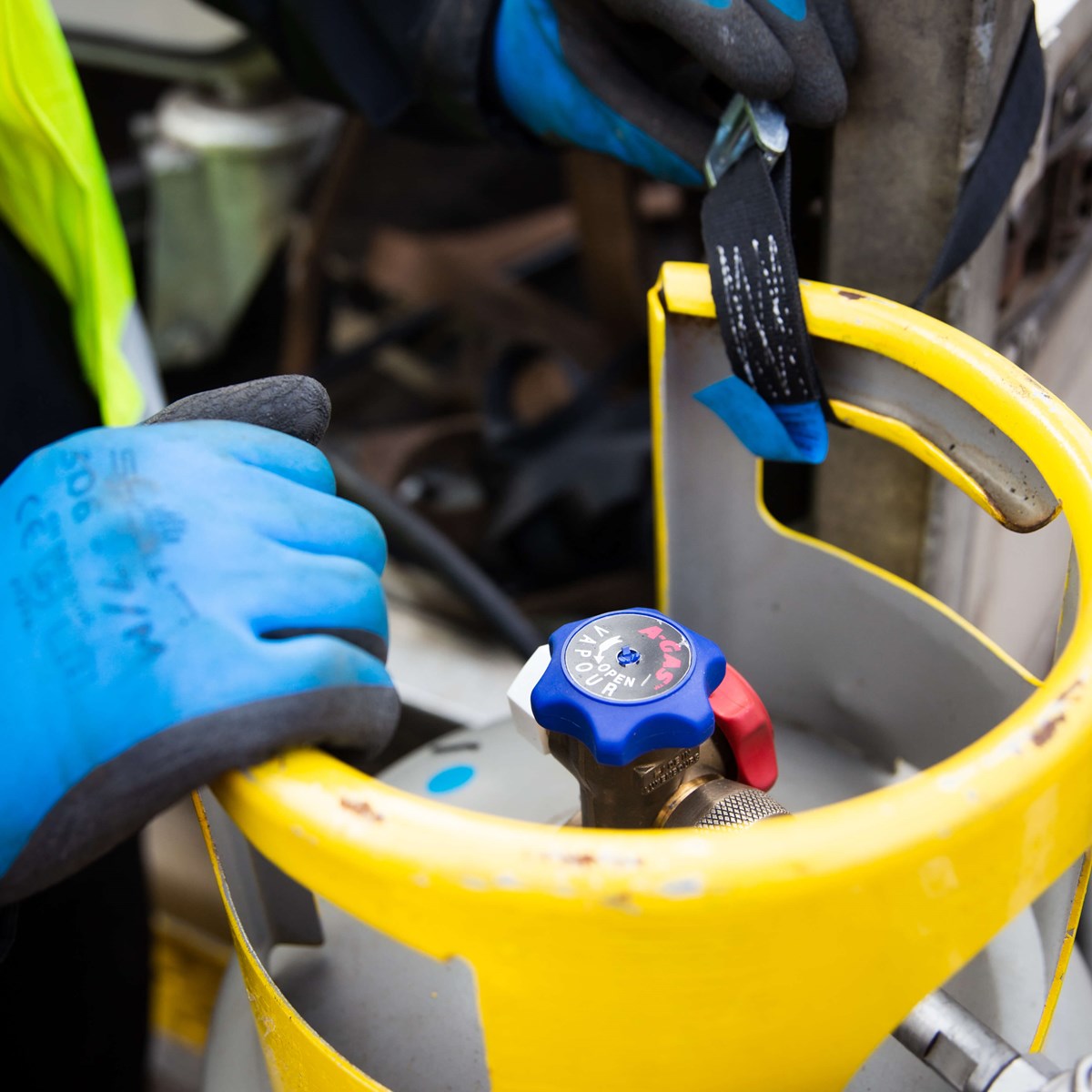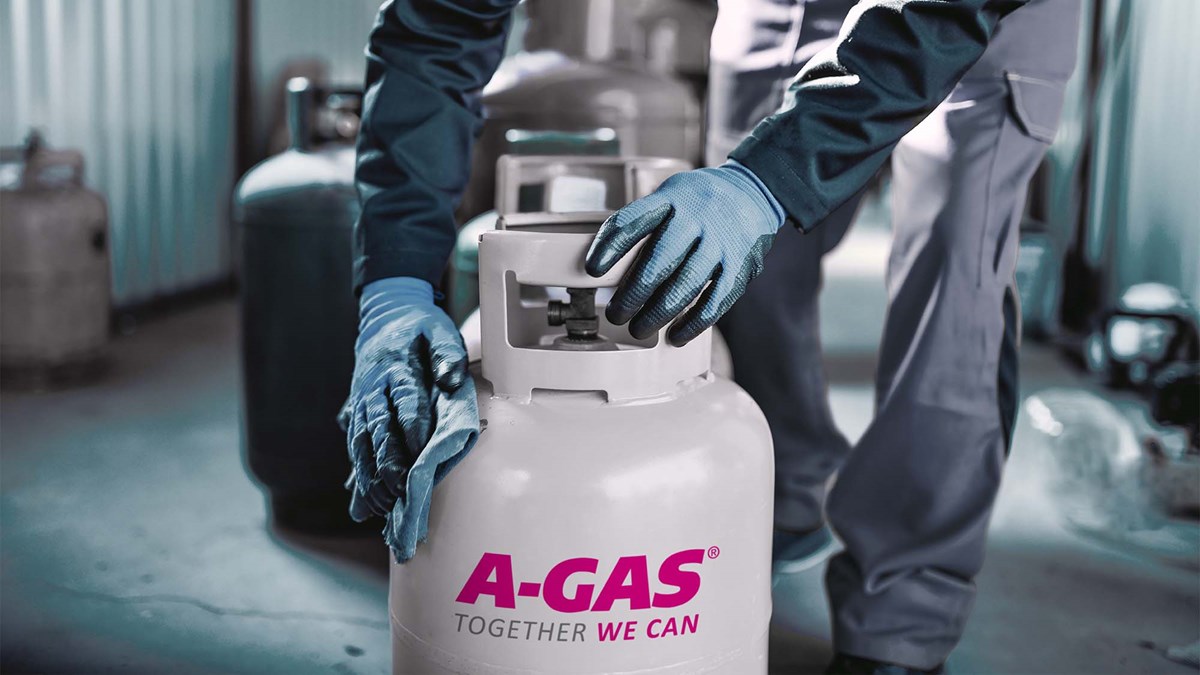
A-Gas Head of Sales and Operations, John McEvoy, explains how recovered refrigerants will play a key role in the rise of the heat pump.
With the latest changes to the F-Gas Regulation to be finalised, it is not yet clear which refrigerants are going to dominate the heat pump sector.
The choice of refrigerant made by installers and specifiers will depend on the job in question. The challenges in converting homes and buildings to heat pumps are many. They highlight the differences between new-build and existing housing stock, and how different approaches in heat pump technology will be needed to achieve the best efficiency outcome.
New-builds are ideal for low temperature heat pumps where underfloor heating can achieve great efficiencies. But existing housing with radiators needs purpose-designed high temperature heat pumps or larger radiators, With flats and multi-occupancy housing also bringing additional complexity. It is also important to bear in mind that the best refrigerant for each application may be different if energy efficiency is to be maximised.

Ultra-low GWP refrigerants like propane (R290) are on the rise in the heat pump market and, at times, are being pushed as the one-size-fits-all answer. But propane and other lower-GWP, flammable refrigerants bring with them a complexity all of their own due to the safety concerns surrounding them.
In some applications this can be managed adequately, but in others propane may not be the appropriate solution. This is where the air-conditioning market is often overlooked. Most, if not all, air-conditioning systems sold these days are heat pump-based and do a great job heating and cooling large spaces. Office accommodation is a good example of how this works well.
Where propane-based systems would not be permitted for safety reasons, the use of non-flammable or low flammable refrigerants like R32 in these applications can facilitate the use of heat pumps.
R32 demonstrates excellent efficiency in heat pump systems, is a very stable refrigerant and is very difficult to ignite. Only a naked flame – and not a spark – will ignite this gas as there’s not enough energy in the spark to do so. That aside, R32, like all refrigerants, should be handled with care.

In recent years, R410A has been the refrigerant of choice for many in heat pump installations, but its high GWP means that its days are numbered as a virgin gas under the F-Gas phase-down. The good news is that for existing R410A-based systems there is reclaimed gas available on the market and this will be a way forward for some when servicing a heat pump system. In the last issue of ACR News, A-Gas reported a record year for the recovery and reclamation of refrigerants in 2022 and I expect the availability of used gases to grow.
Recovery and reclamation is a key pillar of Lifecycle Refrigerant Management (LRM) on the road to net-zero. It is clear that this has a far greater impact on our climate than the substitution of lower-global warming potential refrigerants alone.
A-Gas, a world leader in the supply and lifecycle management of refrigerants and associated products and services, has a strong track record in reclaiming and recycling gases through the use of A-Gas Rapid Recovery.
As we travel towards net-zero there will be plenty of reclaimed R410A and R32 available on the market and there should be no concerns about shortages. Heat pumps, with their high coefficient of performance, are a superb low carbon fix. If you are an installer or a specifier you can be sure there will be the right refrigerant available for the job.

